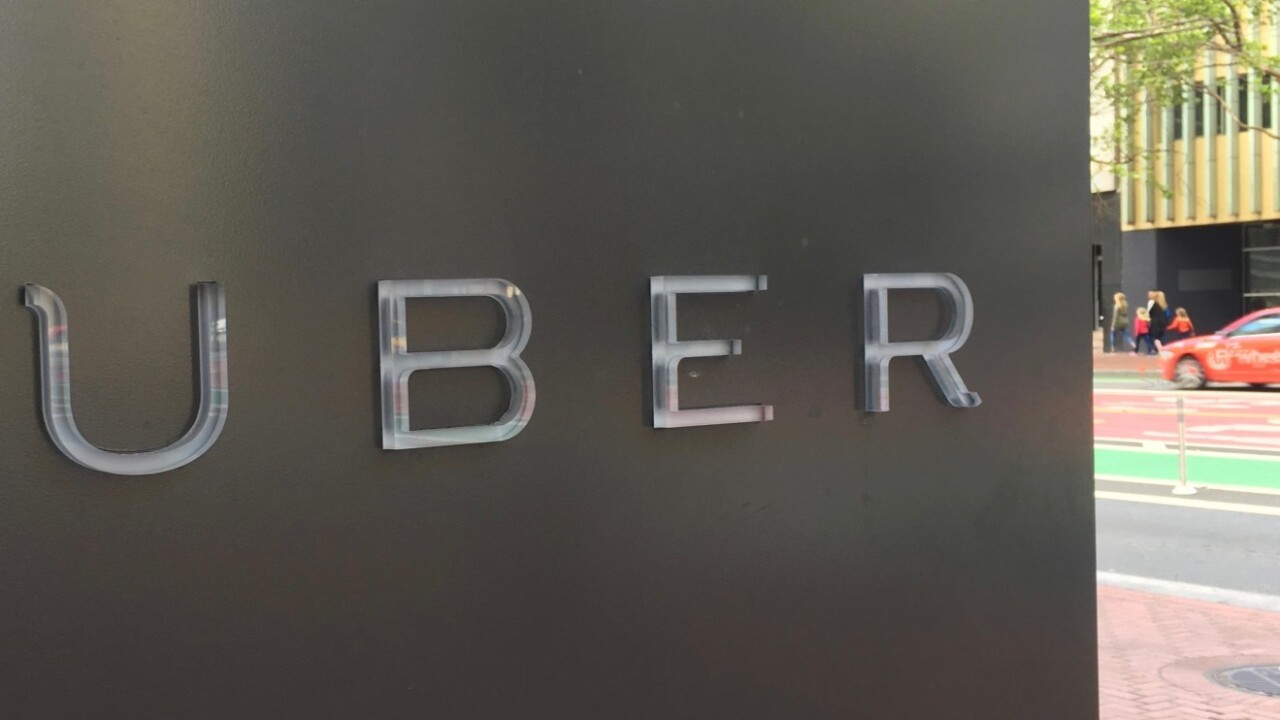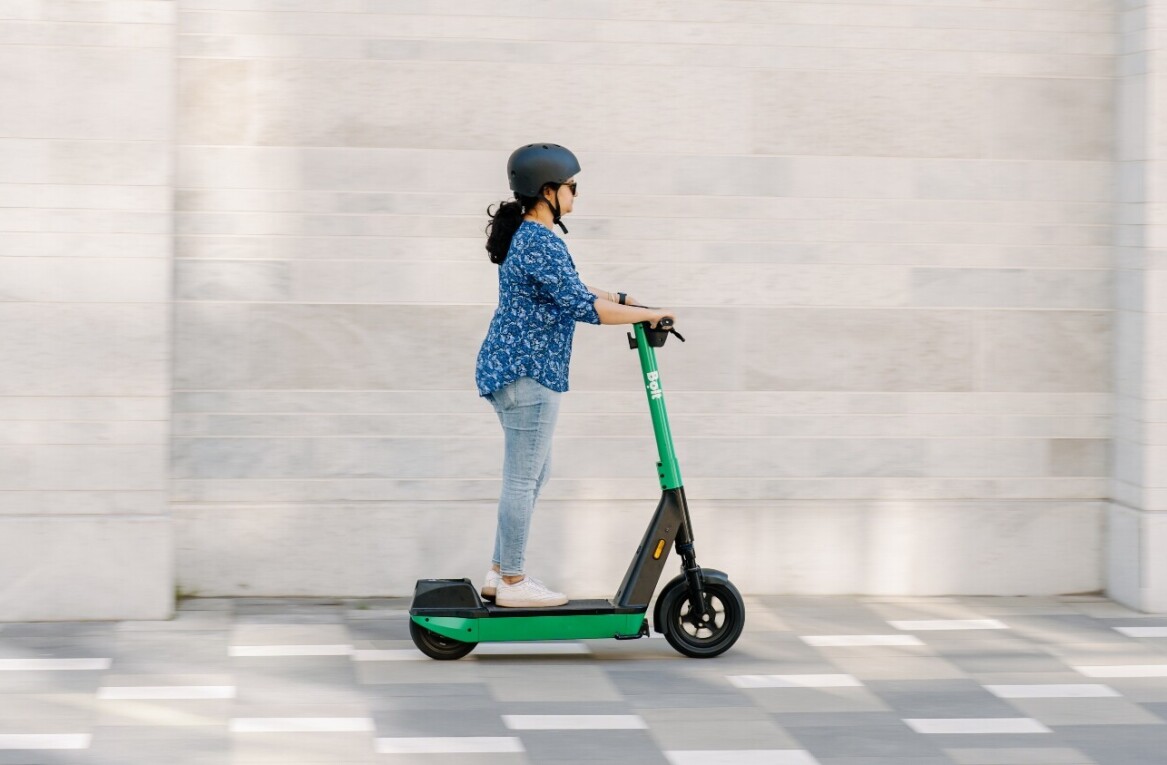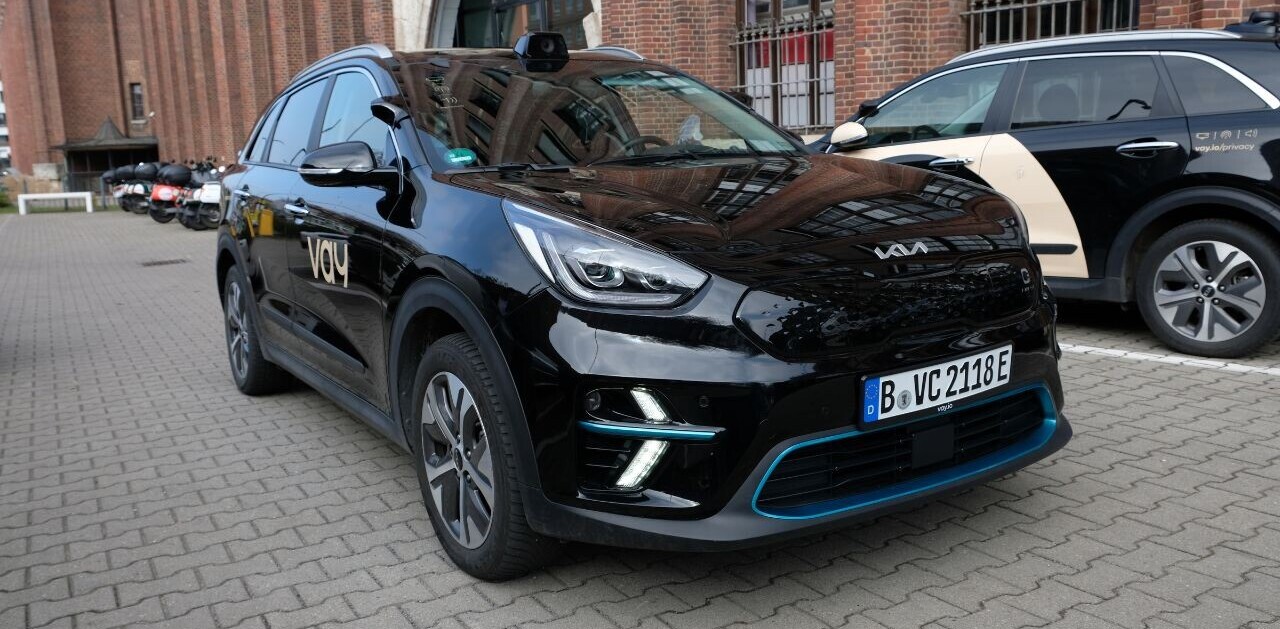
The pressures on Uber are immense. On one side, it’s taken on more than $10 billion in funding since it launched in 2009 and is now so widely used that the car-hailing service is present in hundreds of cities around the world.
And yet, it hasn’t taken the decision to standardize driver safety checks.
Look back at the alleged rape in India or the sexual harassment case that followed soon after in New Delhi. Or the alleged rape and kidnap of a passenger by an Uber driver in Boston. There was even the shooting spree carried out by an Uber driver in Kalamazoo.
Or perhaps just skip each individual incident and just take a look at the figures seemingly drawn from Uber’s own support system that showed over 6,000 events logged involving ‘sexual assault’ and more than 5,000 instances of ‘rape’ logged in support tickets. Uber disputed the figures, but failed to explain them sufficiently.
For the record, Uber said it was not responsible for its drivers accused of rape following the cases in India.
So, how the hell is it still possible that Uber’s driver recruitment procedures are still lax enough to let a former policeman in the US who was removed from duty for reportedly stalking women onto the system to allegedly kidnap and harass one of his passengers?
In the UK, Uber drivers need to pass the same sort of background checks that black-cab drivers and care-workers. This isn’t the same standard around the world, however, and it doesn’t stop allegations against drivers in the UK either.
The problem seems, along with lacking a global standard for its platform, partially due to a mismatch between the stated background checks for drivers, and the people who actually end up driving passengers around. So much so, in fact, that there’s an entire website dedicated to trying to give more transparency to alleged attacks on passengers using ride-sharing services.
However, for a company valued at over $50 billion that wants to be ‘everyone’s private driver’, it really will need to roll out a global baseline if it wants to ensure rider safety.
While Uber’s publicly stated a desire to improve the safety of its drivers – and has already introduced measures in some areas, like a ‘panic button’ in India and an ‘SOS hotline‘ – it probably pays to bear in mind that CEO Travis Kalanick’s response back in 2013 was to suggest that the reports weren’t true and that the blame wasn’t Uber’s anyway. In 2014, Kalanick referred to the incidents as ‘growing pains.’
In 2016, it seems little progress has been made on easing those pains in a sustained way.
We’ve asked Uber for comment and will update if we hear back.
Update, May 12: An Uber spokesperson issued the following statement:
While technology helps ensure the speed, dependability and safety of our rides, people matter most to the Uber experience – that’s why we do not tolerate harassment or abuse from drivers or riders. This individual was immediately barred from driving with Uber as soon as we learned of the alleged incident, and we have offered our assistance to law enforcement in their investigation.
Get the TNW newsletter
Get the most important tech news in your inbox each week.




